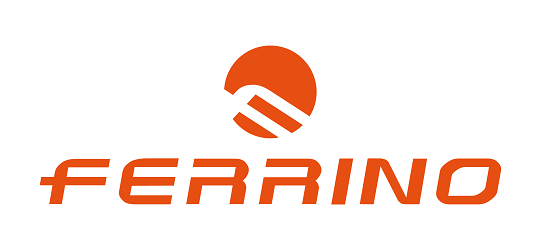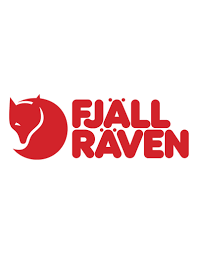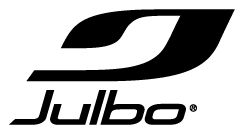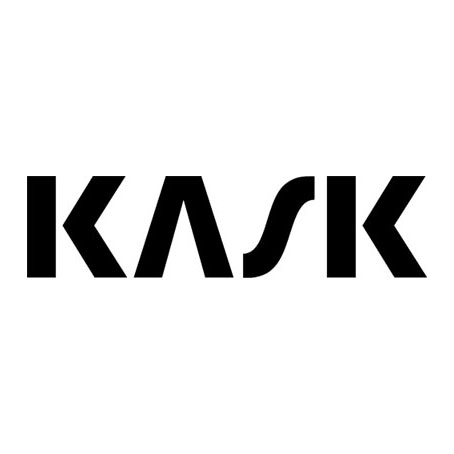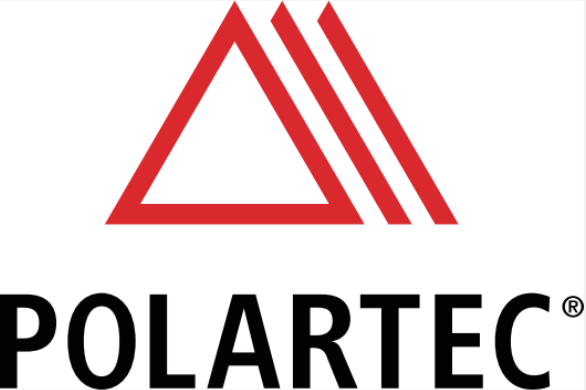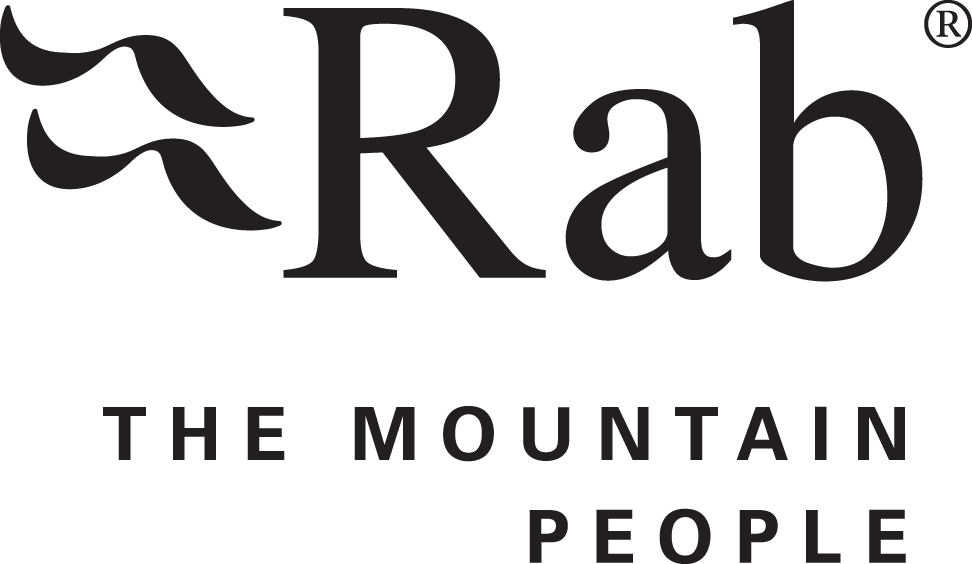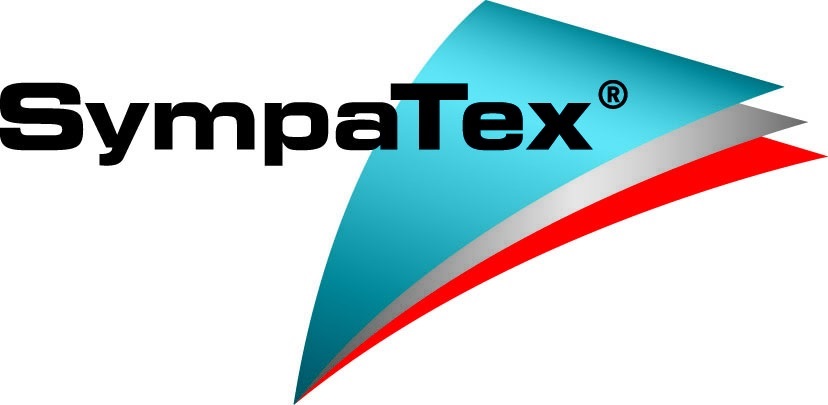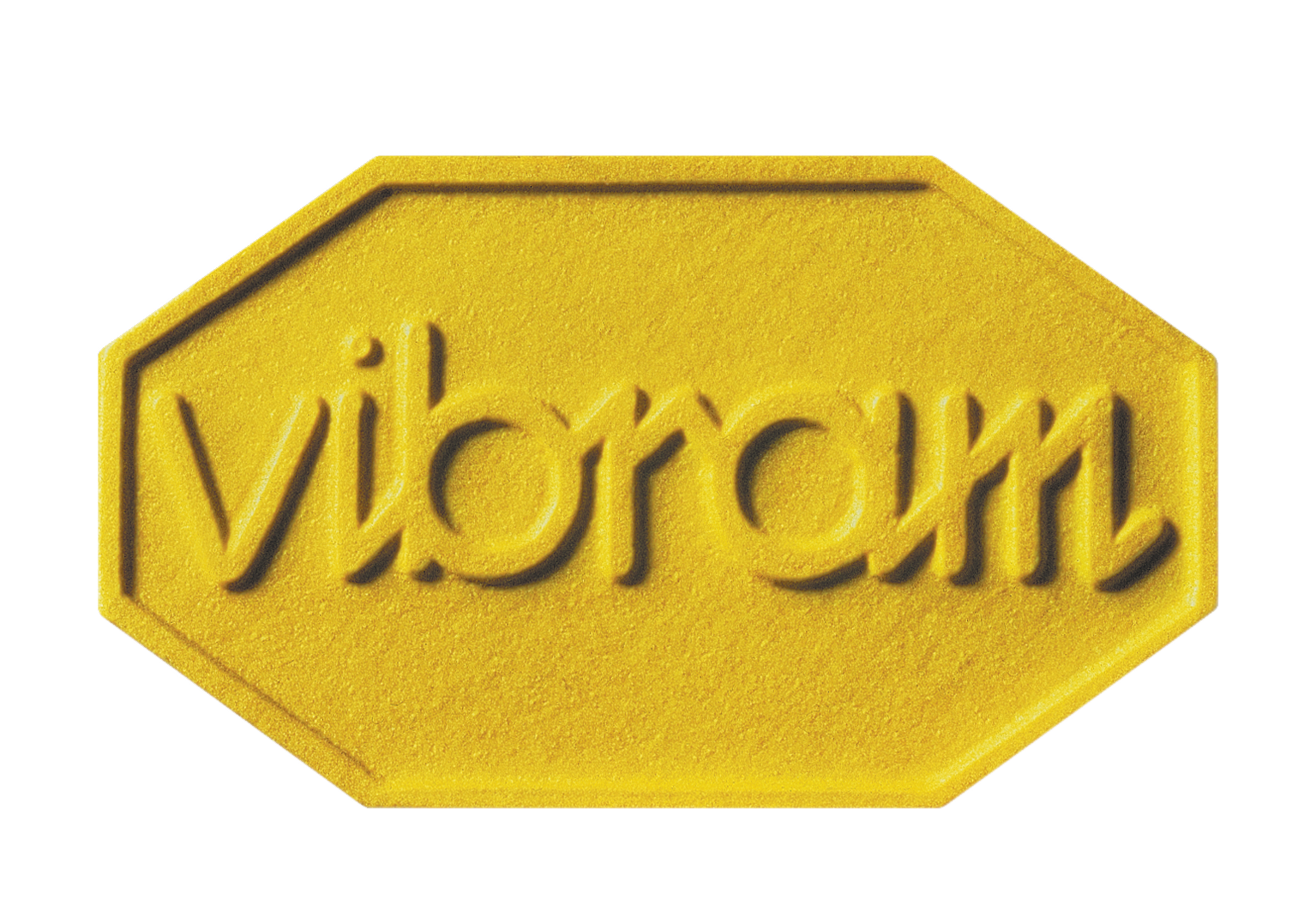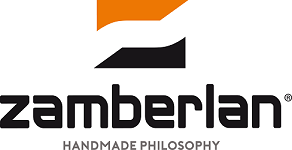
Audi, Mercedes, or Toyota? When deciding on a new car, most people choose a brand they know and trust. Nevertheless, nobody would select a car model without ABS or airbags. These technologies, supplied by ancillary companies, have themselves become brands consumers trust. Sports clothing and products also contain many innovations – however hardly anyone actually knows who creates them. Ingredient Branding is one of the greatest challenges in marketing.
How successful suppliers have reached the consumers: Learn more >>>
People like Vero Dedic are (rare) consumers ingredient brands dream of. “I only buy outdoor jackets with YKK zips,” says the Sports Science graduate. “I want zips that close easily and that lock out the wind.” This sounds like advertising for the Japanese component manufacturer YKK, but it is in fact a consumer’s independent opinion. Dedic’s job is far away from the sporting goods industry, as she works in company healthcare management – and is one of the many thousands who make up ISPO OPEN INNOVATION.
YKK Trusts in joint marketing: Convincing consumers through quality alone is even more difficult for ingredient brands than for those manufacturing the final product. However, it is still the best premise for successful marketing. “Our company philosophy is based on the so-called cycle of good: nobody can grow without allowing others to share in their success,” said Michael Dittmer, Senior Manager Eastern Europe at YKK, in an interview with ISPO.com.
The Japanese zip manufacturer has a clear strategy: “Joint marketing with our customers sets us apart from other component suppliers and makes our marketing performance efficient and effective,” says Dittmer.
However, it does require a great deal of persuading to explain to those producing the final product why they should print a supplier’s name on the packaging. Four requirements should be met in order to achieve this, says Harvard professor John Quelch:
- The “ingredient” needs something to give it the definite edge on its competitors, should be of the highest quality, and should (if possible) be patented.
- The component should be key to the functioning of the final product.
- The final products as such are not perceived as strong brands, however are able to set themselves apart through the ingredient brands.
- The final products are extremely complex and are composed of countless components.

















